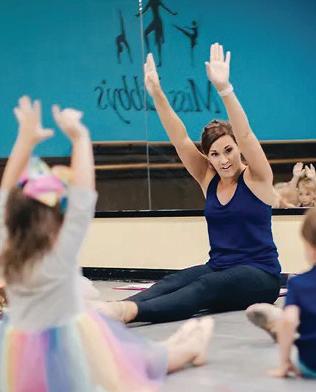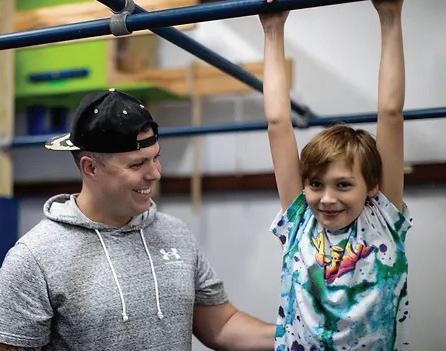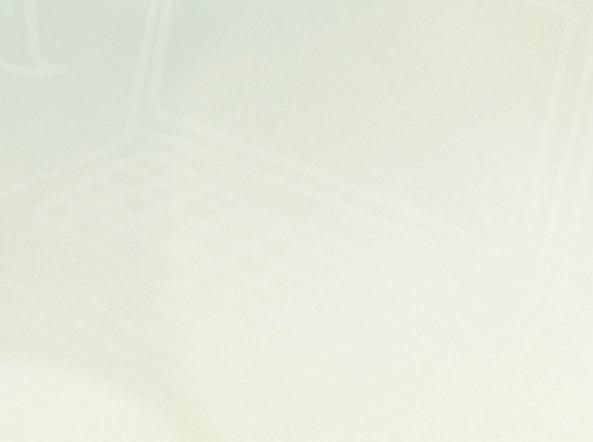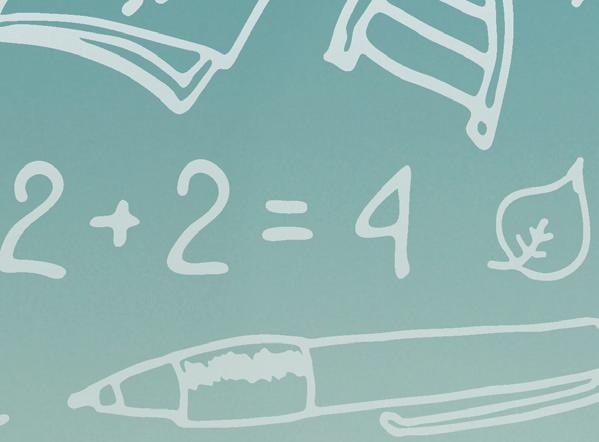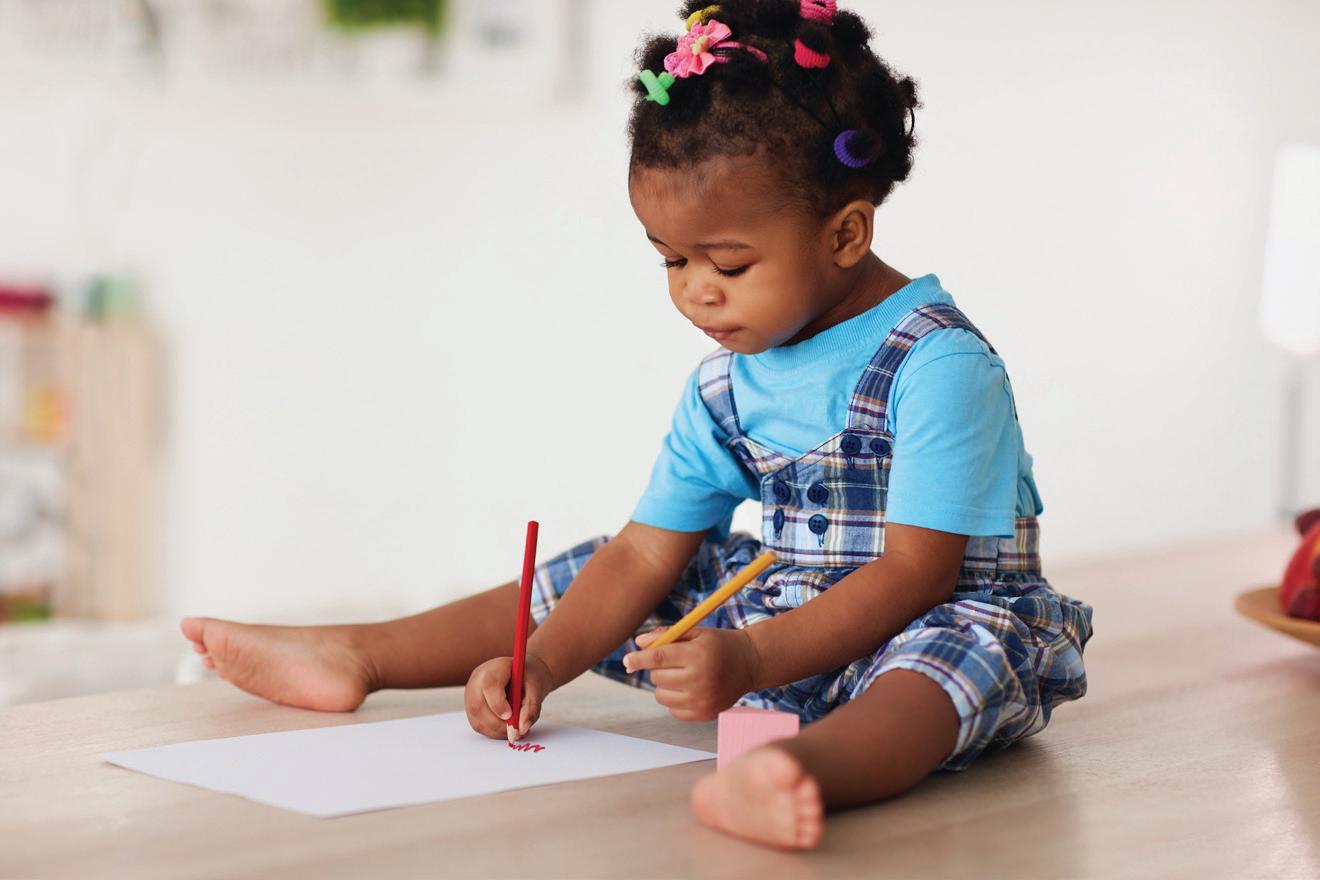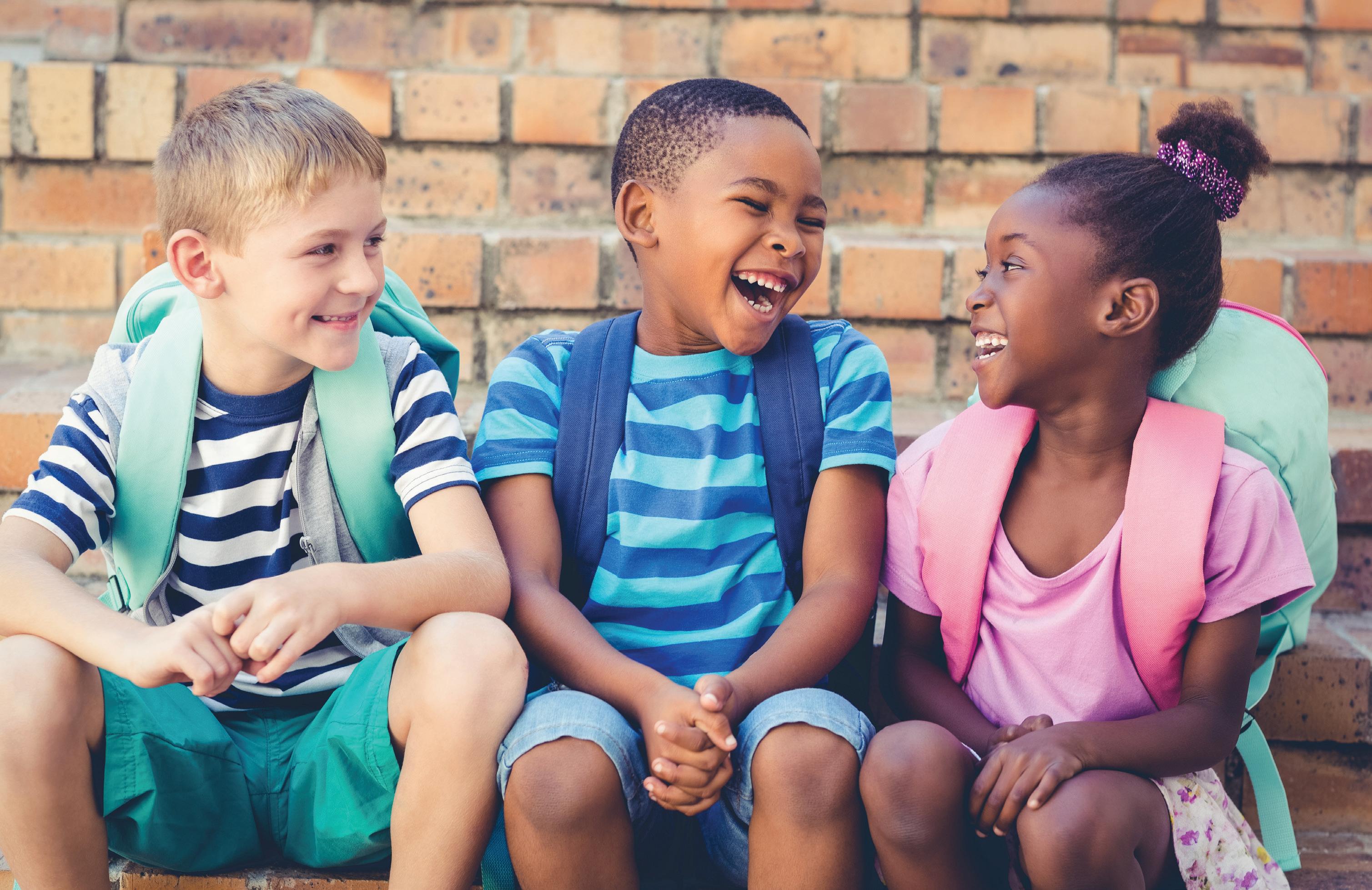










clothing, shoes and more on ‘no sales tax list’ for 3 days

BY BRUCE MILLS bruce@theitem.com
It is almost that time of year again. The first weekend in August is tax-free weekend.
South Carolina’s annual three-day, tax-free holiday begins Friday morning, Aug. 2, and runs through Sunday night, Aug. 4.
State Department of Revenue spokesman Tim Smith and local retailers spoke recently about the tax-free weekend set aside for the purpose of helping families and teachers get ready for the new school year with more affordable check-out prices.
Every year at this time, South Carolina eliminates its 6% sales tax for the entire weekend on dozens of items.
The exemptions also include local sales taxes, including any penny taxes.
Back-to-school supplies are always popular sales items this weekend, but many other items also make the “no-salestax list,” including clothing, accessories, shoes/footwear, computers and printers. Cloth face masks and neck gaiter face masks – considered clothing accessories – also are on the list.
There have been no changes this year to what is tax-free and what is not exempt for the weekend, according to Smith, and that means the answer on smartphones is again “no.” Cellphones and smartphones
are not tax-free.
As is normally the scenario, laptop computers and tablets will offer some of the best savings overall of tax-exempt items for shoppers, given their higher price ranges than other items. Families who purchase lots of clothes can also rack up big savings.
The state agency also emphasizes if an item is eligible, it is tax-free whether purchased in a physical store or online with the retailer during the weekend.
The online purchase, though, must be made and completed during the weekend to be tax-free, according to the Department of Revenue. That means an online shopper must check out of their online shopping cart by Sunday night. The item does not have to be delivered next weekend, but shoppers do need to make the purchase next weekend.
With online purchases during the weekend, shipping/handling and delivery fees on qualifying items are also tax-free.
Tax-free weekend in South Carolina dates back 24 years to 2000, and in past years, shoppers have saved between $2 million and $3 million during the weekend.
Local deals in addition to tax-free sales
Simpson Hardware and
Sporting Goods has some discounts during the tax-free weekend, according to Marketing Manager Grant Watson. The entire shoe department – men’s, women’s and kids – will be discounted to include new shipments of popular running shoes On Cloud, Brooks and Hoka, he said.
Graphic T-shirts, bookbags, drinkware and select clothing items will also be discounted.
Watson added most advertised deals will also be available for purchase online at www.shopsimpsons.com. With online sales, Simpson offers curbside pickup service, “ship to home” and “pick up in store” options as well, he added. If shoppers cannot make it to the store during taxfree weekend, Simpson will have its annual Children’s Miracle Network Bucket Sale on Saturday, Aug. 10, with up to 20% discounts on many regularly priced items.
And it would not be back-toschool season locally without mentioning Office Church School Supply Co. With so many school districts in the state now starting school before the tax-free weekend, including Sumter, owner Faith Goins held her annual backto-school bash on Friday, July 26, and Saturday, July 27.
Teachers and parents should not worry, though. Goins said the store will offer the same discounts on Friday and Saturday of tax-free

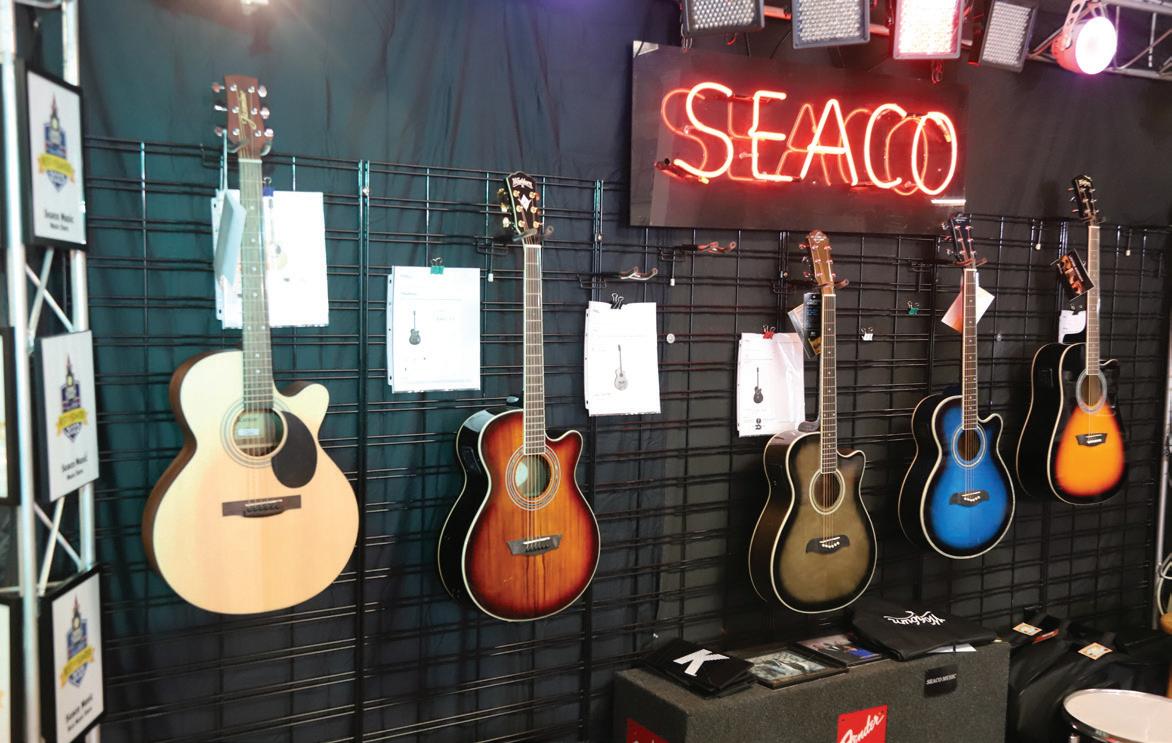
weekend as it did during the bash.
With any purchase, teachers will receive a free desk calendar while supplies last, she added. Additional discounts will be available on all educational supplies during tax-free weekend, Goins said, and the 780 S. Pike West supply store will be open 9 a.m. to 6 p.m. both days. The local educational supply store is 10,000 square feet, has served teachers and school families for decades and is the only one in the surrounding area. Popular classroom themes
this year for teachers include Wildflowers, Classroom Cottage and Terrazzo Tones, among others. A newer version of bulletin board paper, called “Better than Paper,” is also available and remains popular.
With musical instruments on the “no-sales-tax list,” Seaco Music at 657 Bultman Drive expects to be busy, according to store management, even though it will not be offering any additional discounts.
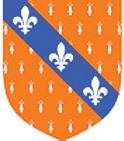
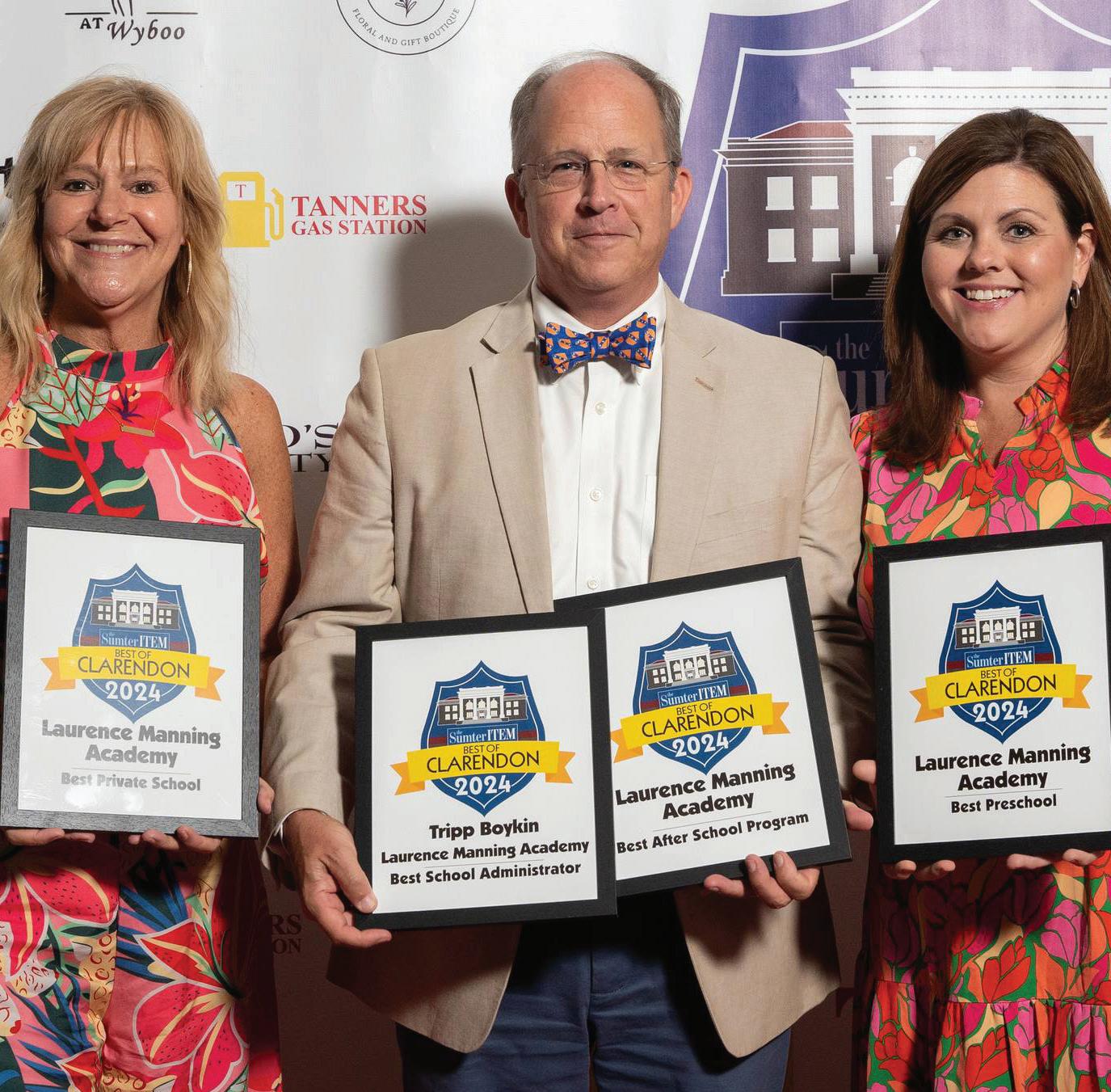


- 8th grade
We pick up from many Sumter County Elementary and Middle Schools. We now offer on-site afterschool at both Liberty STEAM School locations.
Sumter County Recreation Department will be offering 2024-25 after school programs at the following locations: Catchall-Shaw Community Center, Cherryvale Community Center, DeLaine Community Center, Eastern Community Center, Ebenezer Community Center, Rembert/Rafting Creek Community Center, Salterstown Community Center and Shiloh Community Center. Session I will be held Aug. 5 to Dec. 19, Monday through Friday, and Session II will be held Jan. 6 to May 22, 2025, Monday through Friday. The program lasts from 2:30 to 5:30 p.m. each weekday for ages 5 to 12. The cost per session is $100. Contact the Recreation Department at (803) 436-2248
or a community center listed for additional information. Limited space is available. Deadline to register for Session I is July 31, and the deadline to register for Session II is Dec. 13. Register online at www.sumtercountysc.gov or at the Recreation Department, 155 Haynsworth St.
Wateree Community Actions Inc. Head Start and Early Head Start programs serving low-income, disabled, homeless and foster children birth to 5 years old in Clarendon, Lee, Kershaw and Sumter counties is accepting applications for enrollment in Head Start and Early Head Start for the 2024-25 school year. Persons interested in enrolling
their children should contact the Head Start Center serving their area of residence, call the administrative office of Watereee CAA Head Start Program at (803) 774-8520 or Early Head Start at (803) 4408569 or apply online by clicking on the Head Start icon at www.wcai.org. Wateree Community Actions Inc. Head Start and Early Head Start Programs comply with the U.S. Department of Agriculture mandate that prohibits discrimination based on race, color, sex, age, disability or national origin. Transportation services are provided for children enrolled in the Head Start Program. Transportation services are not provided for Early Head Start.
Studying is vital to academic performance. At the dawn of a new school year, students get a fresh start to improve upon or continue strong their study habits. Teachers will be rolling out their curricula, and that may feel overwhelming. However, optimizing study skills can boost confidence in school and in areas outside of the classroom. These study tips can put students on a path for success.
• Find your optimal study space. The ideal study spot varies from student to student. Some need a quiet nook in the library, while others may prefer the sounds of nature while seated on a park bench. There’s no one-sizefits-all study location, so students may need to experiment with what works best for them. Also, The Princeton Review says that a student doesn’t need just one study space. He or she may find a change of scenery can prompt the brain to retain information better.
• Devise a study plan. Setting goals and a plan of attack allows students to space out their studying over several days. This can reduce stress
and make the task seem less cumbersome.
• Avoid cram sessions. Devising a study plan is better than cramming the night before a test. The American Psychological Association says students may perform well on a test for which they’ve crammed, but that doesn’t mean they’ve truly learned the material. Studying with a goal of retaining the material long-term is important.
• Learn how to actively study. Some students think that studying requires reading over the material or highlighting text. Active studying involves engaging with the material and constructing meaning from the text. One way to engage with the material is to try acting as the teacher and explaining concepts to another person. Creating a study guide or even concept maps also helps one actively study.
• Balance intensity with laid-back study approaches. Students may procrastinate with their studying because they don’t want to devote a lot of time to the task. Instead, they can do shorter sessions
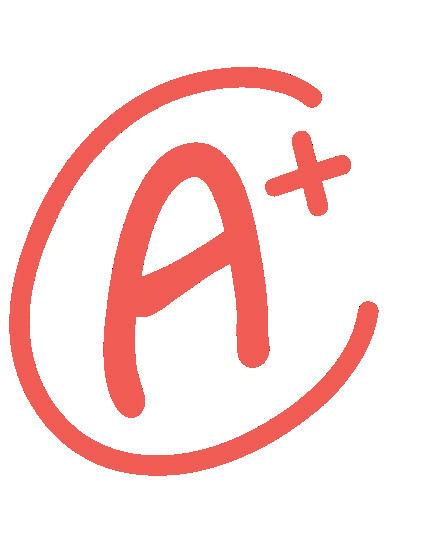
mixed with longer sessions of studying. In fact, The Learning Center at the University of North Carolina at Chapel Hill says shorter, intensive study time can be more effective than drawn-out studying.
• Ask for help. Asking a teacher or another student for help is not a sign of weakness. It’s a good strategy to develop early on. The longer one waits, the more difficult it may be to catch up on material. Asking for help goes hand-inhand with setting up a buddy system for studying. Study groups enable students to go over material together, which can provide different perspectives and help the material resonate more effectively. Students will spend a lot of time studying while in school. Learning how to do it effectively is vital to fulfilling one’s academic potential.

CATRIONA MARIA
Wealth of Geeks
Children who engage in team or individual sports into adolescence exhibit better working memory, higher academic performance at the end of school, and higher odds of going on to college — by some measures, almost double that of students who drop out of sports.
A groundbreaking study by University of Sydney researchers found the positive link between participation in youth sports and improved academic results. It suggests the benefits of becoming a student-athlete extend beyond the playing field and into the classroom.
This long-term study is the first of its kind. It used data from the Longitudinal Study of Australian Children (LSAC) to track the sports participation of over 4,000 kids aged 4 to 13. Researchers then contrasted those results against their academic performance, from childhood to their 21st birthday.
New insights into sports influence First published in the Journal of Physical Activity and Health, these findings show that long-term student-athletes achieve better grades and scores on standardized tests, are less absent from class, and are likelier to attend

college.
Study leader Dr. Katherine Owen, a biostatistician at the University of Sydney, believes this research highlights the importance of keeping kids healthy by staying involved in youth sports until graduation.
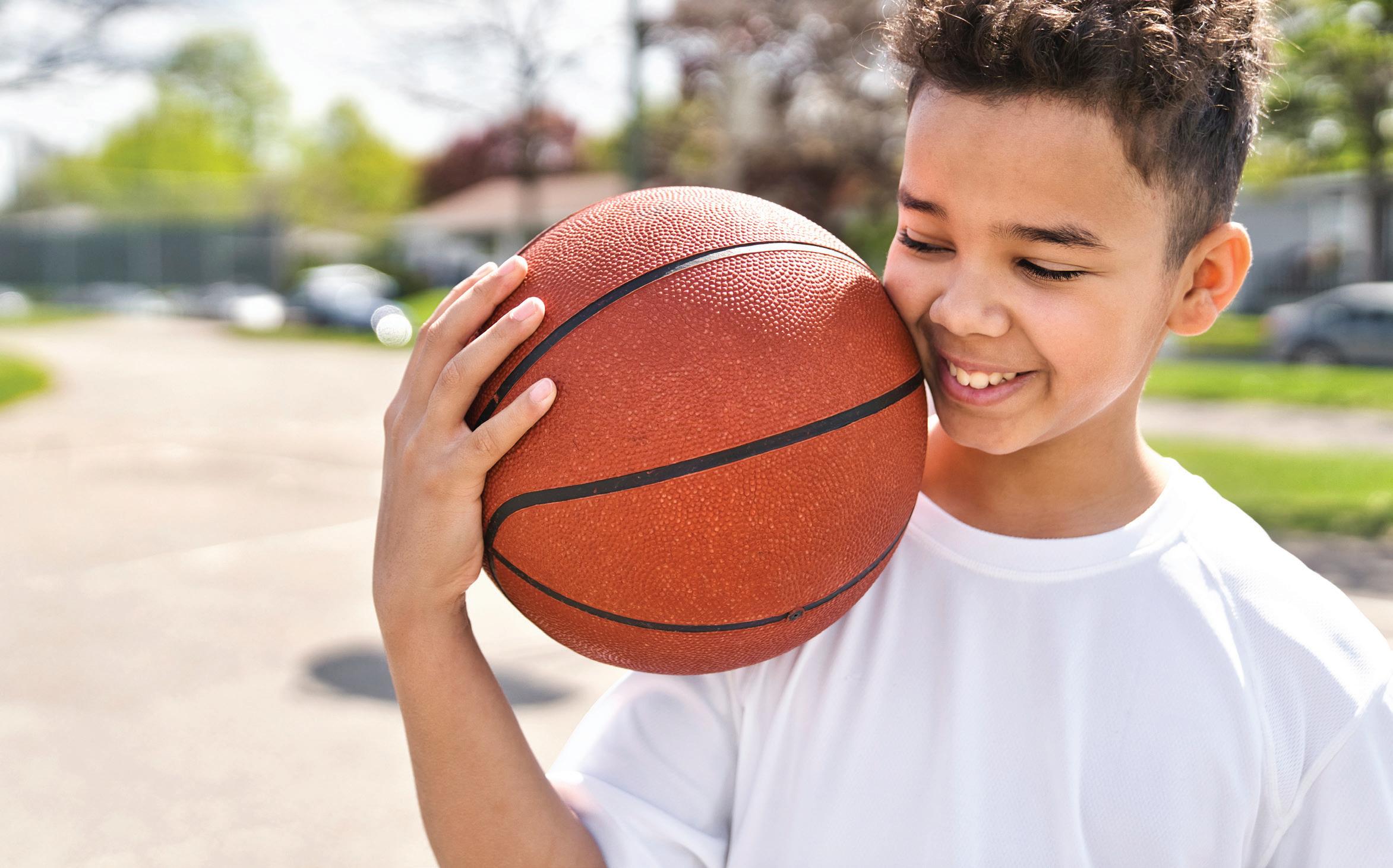
“We know all too well the link between educational attainment and improved health status. This study suggests that making sport more of a priority in school could be one way to influence this,” explained Owen in an interview with the University of Sydney media team.
“To achieve that we also need to see sports adapt and become more flexible and inclusive to allow more children to play the way that they want to, whether it’s just for fun or social reasons.”
Does it matter what kind of sport a child practices?
According to Owen and her team, the academic benefits gained from youth sports differed depending on whether a kid played an individual or team sport. Children who play individual sports, such as swimming, riding or tennis, scored better on standardized national literacy tests and end-of-school exams than their team player counterparts.
“We suspect this may be because individual sports tend to encourage responsibility,
self-reliance, goal setting, and a higher level of preparation,” Owen explained. “On a psychological level, many of these skills also carry over into preparation for school exams.”
Team sports provide an alternative range of advantages. Because team sports require quick thinking, collaboration and strategic decision-making under pressure, kids who practice sports like soccer and basketball score higher on attention and working memory evaluations. They also have lower absenteeism rates. Most importantly, they are more likely to earn their high school diploma.
“This is in line with other research that shows team sports develop important social and mental skills in children and teens. It provides opportunities to work together, which often fosters a sense of belonging,” observed Owen.
Academic performance also varied depending on the school subject. On average, researchers found that youth sports participation positively affected math and science grades more than English and language results.
“It is possible that skills developed through sport, such as problem-solving and perseverance, can be transferred to classroom learning and possibly more so to mathematics where problem-solving and perseverance are commonly used,” researchers theorize.
States participated in youth sports in 2022. A nearly equal amount — 22.9 million — did not. These numbers represent an unprecedented decline in youth sports involvement, a decrease caused by the total disruption of COVID-19.
In the aftermath of the pandemic, the NSCH reported that the percentage of kids aged 6 to 17 in sports dropped from 58.4% in 2017 to 53.8% in only five years.
This trend echoes findings by the Centers for Disease Control and Prevention. In its Youth Risk Behavior Survey, the CDC revealed that the percentage of high school students not playing on at least one sports team soared to a record high of 50.9% in 2021.
Student-athletes often start young: 55.7% of children aged 6 to 11 played a sport in 2022, whereas only 52.1% of 12 to 17-year-olds did so. Compared to the 59% of teenagers who played a sport in 2017, the decreased participation rates are most evident in high schoolers. There is a nearly 10 point difference in the amount of male and female student-athletes: 58.1% of boys participate in sports, compared to 49.4% of girls.
tinues to decline. In its 2019 National Youth Strategy, the U.S. Department of Health and Human Services identified the main factors keeping kids from playing sports. For most families, the major obstacles are lack of access to facilities and programs, lack of interest or knowledge, time constraints, competing demands and the monetary cost of participation.
Youth sports are not cheap. The average price tag for playing one sport is $883 a year per child, with travel being the costliest expense. According to the Aspen Institute’s Project Play initiative, the most expensive sports are among the most popular. Soccer will set a family back $1,188, with basketball and baseball not that far behind.
Critics blame the pay-toplay model for the exorbitant cost of playing a sport. Private academies, clubs and tutors dominate youth sports, from baseball to soccer. Detractors allege that kids are being “priced out” of these extracurricular activities by a system that favors more affluent families.
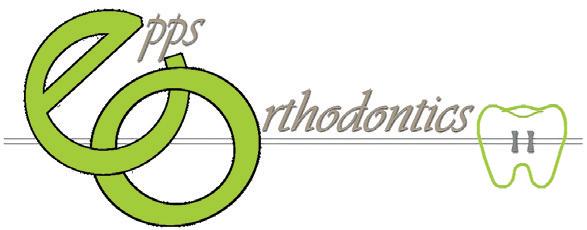


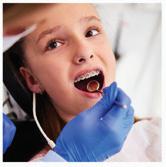


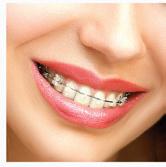

Further study is needed to determine the link between youth sports and academic results. Next on the agenda is learning how specific sports affect grades and whether factors such as the frequency and intensity of practices are also influential.
“Ongoing studies will be important to flesh this out and to help us understand how we can tailor educational environments to foster and promote sports participation in a way that might improve young people’s physical activity levels, health, and educational success,”observed Owen.
How many kids play sports in the United States?
According to the National Survey of Children’s Health (NSCH), approximately 26.8 million children in the United
Youth sports participation varies among ethnic groups. Almost two-thirds of non-Hispanic white students play sports, the most of any racial group. The lowest participation rates are among Hispanic children, followed by the Black population.
However, the most significant divergence in participation rates lies along socioeconomic lines. Only 33.3% of the lowest-income children are involved in youth sports, whereas 71.3% of kids in the highest-income bracket are student-athletes.
Why are fewer kids playing sports?
The overall benefits of youth sports participation are extensively documented and well advertised. In 2019, the President’s Council on Sports, Fitness & Nutrition Science Board published a report detailing how playing sports can improve physical condition and mental health.
Despite this, the rate of participation in youth sports con-
In a recent column for the New York Times, parenting expert and journalist Jessica Grouse argues in favor of “a concerted effort from parents, local governments and, hopefully, private businesses” to even the playing field and improve opportunities for lower-income students.
“We should make that effort because all children deserve an opportunity to get exercise, develop a lifelong love of physical activity, and experience on-field competition,” Grouse wrote.
“If we don’t provide better access to play at younger ages, kids will be less healthy as adults. The well-being of our population is something we should all care about, whether we have kids or not.”
This article was produced by Media Decision and syndicated by Wealth of Geeks.

